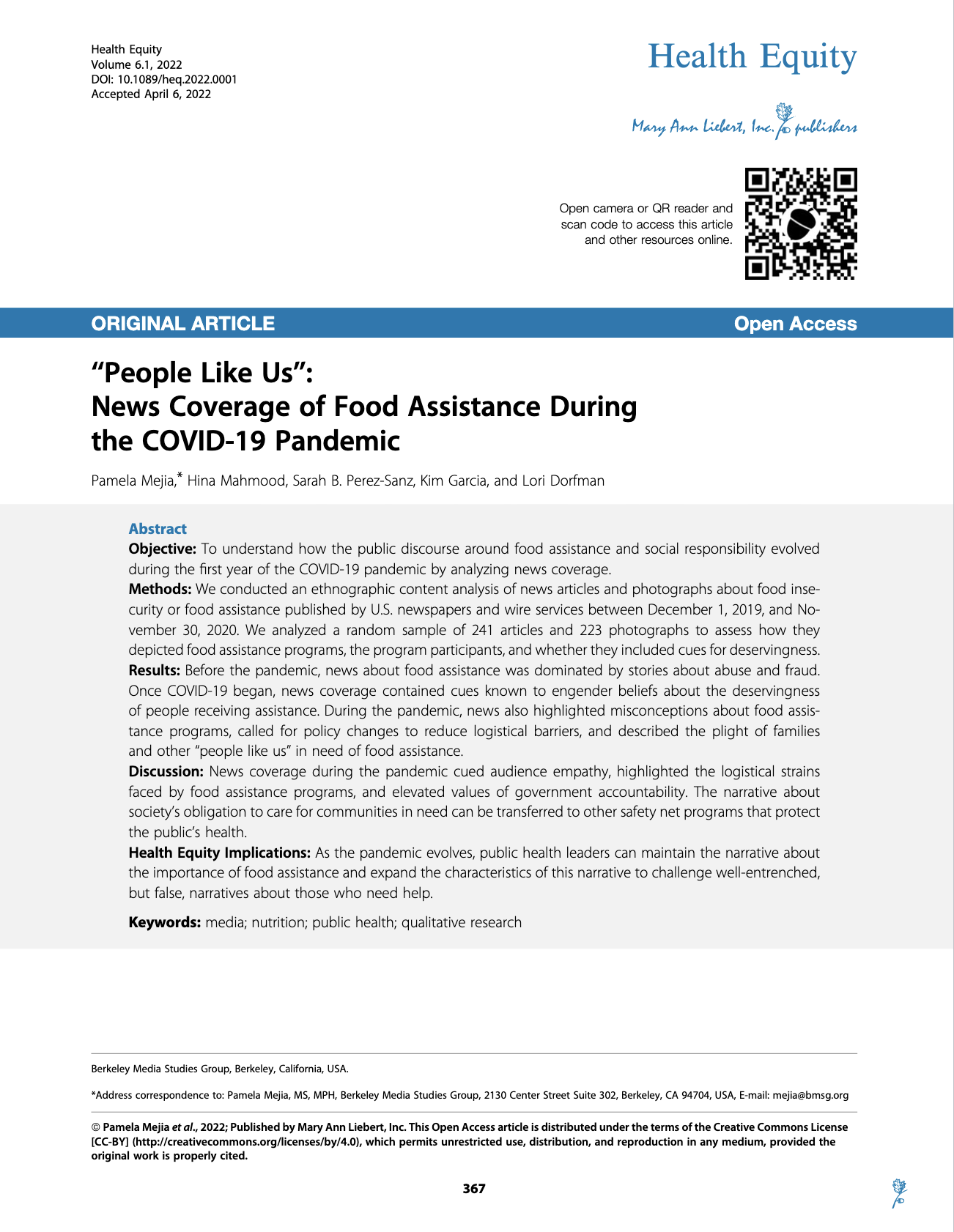Housing, equity, and health in U.S. news, 2020-2021: Findings and recommendations
Wednesday, July 06, 2022Understanding how journalists currently frame housing, and how those choices shape long-term narratives, can help housing and health advocates be strategic about their communication strategies. To understand the specific nuances of how news coverage frames the complex intersections of housing and health equity, BMSG analyzed news about housing and health equity from media markets across the country. We share our findings — and recommendations for advocates and journalists — in this report.













